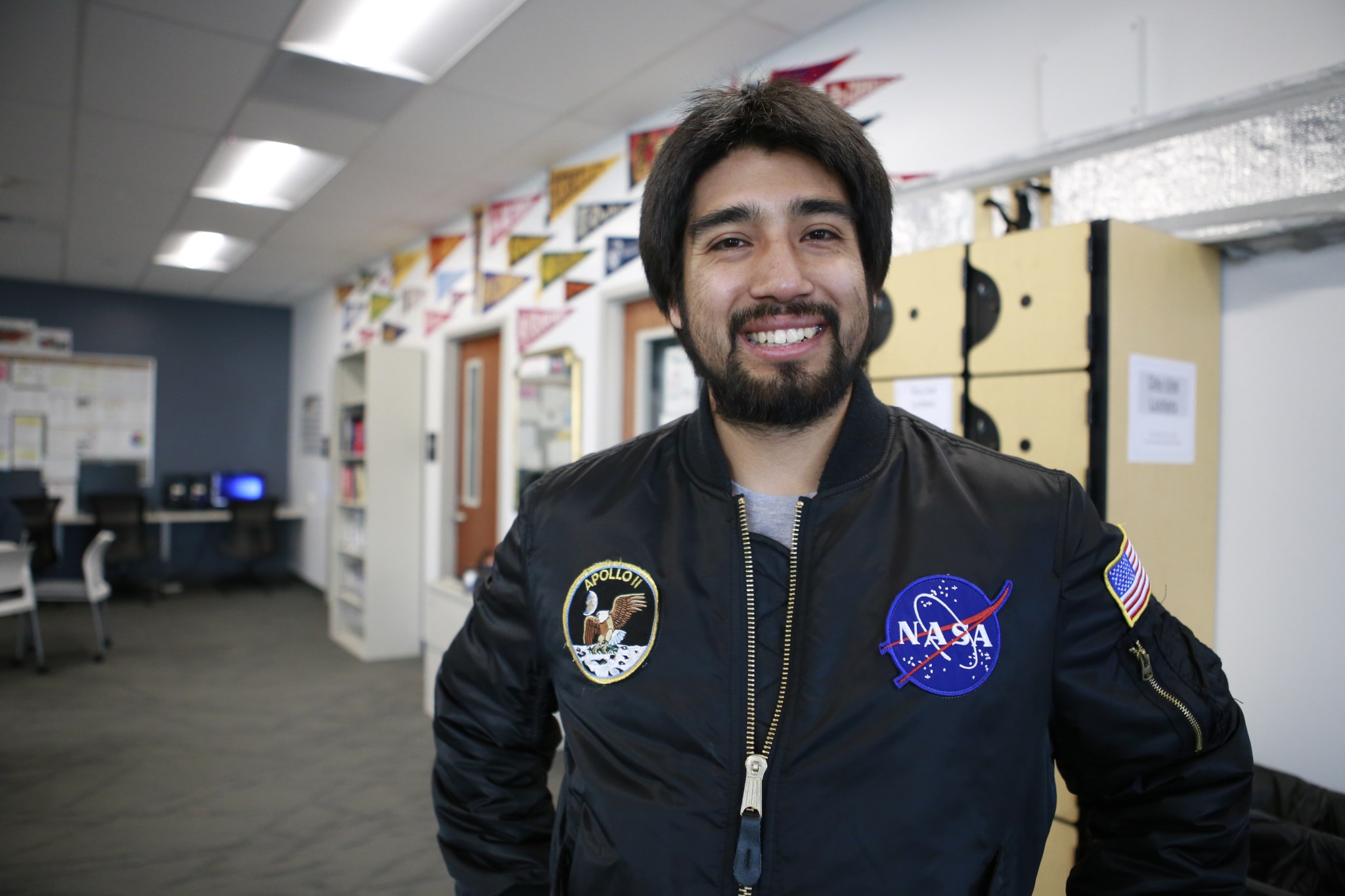Sergio Sandoval
San Diego State University
The main goals of my research are: To integrate and expand an advanced entry guidance algorithm for taking advantage of aerodynamic control, develop a fast fuel-optimal powered descent guidance algorithm applicable to 3-dimensional powered descent. A central piece to this research will be the methodology and algorithm to integrate the entry and powered descent guidance algorithms during EDL operations. There is strong evidence in current EDL research that points to significant propellant saving for a human Mars mission if the entry trajectory can be shaped for the powered descent guidance to take advantage. One of the challenges is how to best accomplish this collaboration between entry and powered descent guidance in an onboard environment based on the actual condition. This research will develop an algorithm capable of onboard determination of the trajectory and guidance commands necessary for entry, based on the actual state and selecting an appropriate condition for powered descent initiation (PDI). It is intended to deliver an algorithm with onboard capability based on the actual condition and not requiring complex algorithms or functions other than the ones already available for entry and powered descent guidance. This capability, along with the development of the new integrated algorithm, will allow engineering groups at NASA the potential advantages of implementing this algorithm and see if current systems can be updated for future space missions.
The results obtained from this research have potential implications in the design of future spacecraft guidance control for deep space exploration. These results will help identify potential solutions to propellant efficiency problems during the entry phase. Currently, it is very important to take advantage of our resources intelligently. By exploring different scenarios and discovering the most efficient ones for propellant usage, resources can be allocated efficiently and mission cost can be greatly reduced. In doing this, it will be possible to demonstrate that more powerful and efficient guidance algorithms can be created that can help reduce the cost of space exploration to plan longer and more complex missions.
The addition of both algorithms will benefit NASA’s goal of creating new and innovative space technologies to explore and understand the Earth and our solar system. By improving current capabilities, our leadership in space exploration is being maintained and focus on newer technologies that will expand our knowledge of the solar system are encouraged. By sharing these results to the science community through presentations at conferences, I hope to motivate other researchers to develop new technologies that advance space exploration. Furthermore, I hope to help young generations of students understand the importance of science and engineering, and inspire them to pursue a career in STEM.


























